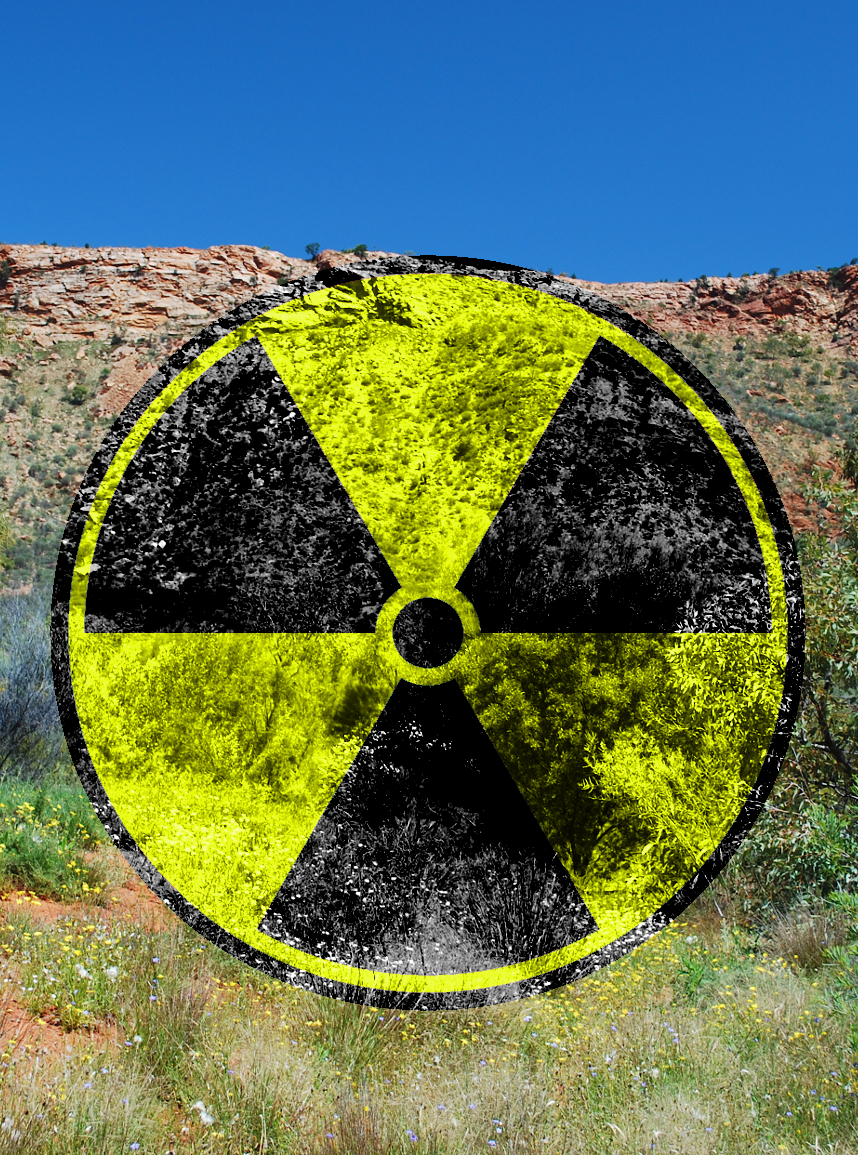Waste dump challenge looms
 The Federal Government has settled on a site for its planned nuclear waste dump.
The Federal Government has settled on a site for its planned nuclear waste dump.
Federal Minister for Resources and Water, Keith Pitt, says he will soon issue official notices of an intention to declare Napandee near Kimba on South Australia’s Eyre Peninsula as the site for the facility.
“This is a facility which has been looked at for over four decades,” Mr Pitt said.
“This is a sixth-year iteration in this process and it's a facility that Australia needs.
“I've now put out an intention to declare the Napandee site near Kimba and that now opens the 60-day consultation period.
“This is the next step in progressing this nationally significant infrastructure project, which successive governments have been working on for more than 40 years.”
The government has had Napandee in its sights for over a year, but the legislation for the project means that the choice of location is open to a judicial review.
The local Barngarla people say they will challenge the selection, as the Barngarla Aboriginal Corporation was denied a vote on the site. The government limited its consultation to ratepayers only, not with traditional owners.
Mr Pitt claims to have engaged with the Barngala people.
“In Kimba, there is broad community support for the project and the benefits it will bring,” he said.
“There's the opportunity as we step through this process, in fact right now, with the intention to declare for those with rights or interests in the site to make a contribution or a comment.”
The Napandee facility is intended to store mostly low-level waste, though it will keep some intermediate-level waste temporarily.
The plan is to bring together waste currently held at more than 100 locations across the country - including hospitals, military facilities and laboratories - to a single location.
Interested parties have until October 22 to challenge the chosen site.
After that, the Australian Radioactive Waste Agency (ARWA) will need to develop various detailed applications to relevant regulators. The application and approval processes will take a number of years to be completed.
These applications will also include further consultations with community and Traditional Owner groups.








 Print
Print